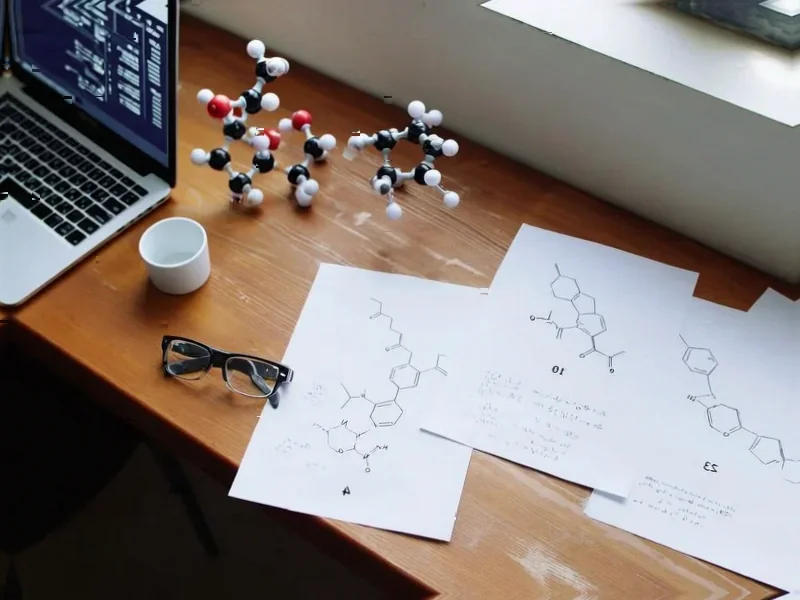According to Phys.org, Associate Professor Tadashi Ando from Tokyo University of Science has achieved what many thought was years away – accurately simulating RNA folding for 23 out of 26 complex stem-loop structures using molecular dynamics. The breakthrough combines the DESRES-RNA atomistic force field with GB-neck2 implicit solvent modeling, allowing simulations to start from completely unfolded states and achieve folding with root mean square deviation values under 2 Å for stems and under 5 Å for complete molecules. The study tested structures ranging from 10 to 36 nucleotides, including challenging motifs with bulges and internal loops, marking the largest successful RNA folding simulation to date. This represents a massive leap from previous studies that only managed 2-3 simple structures.
The RNA revolution needs this
Here’s the thing – we’re living through an RNA therapeutics boom. COVID vaccines were just the beginning. But designing effective RNA drugs requires understanding exactly how these molecules twist and fold into their functional shapes. Get the folding wrong, and your drug might not work – or worse, could have unintended effects. For years, computational biologists have struggled with this exact problem. The physics are incredibly complex, and simulating the folding process has been like trying to predict how a tangled necklace will settle into a perfect shape.
What changed this time
The secret sauce here is the combination of two things: a highly refined force field specifically tuned for RNA, and that GB-neck2 solvent model. Basically, instead of simulating every single water molecule around the RNA (which would take forever), they treated the solvent as a continuous medium. This cut computation time dramatically while maintaining accuracy. But here’s where I get skeptical – implicit solvent models have their limitations. They’re great for speed, but real biology happens in messy, molecular water with ions floating around. The researchers acknowledge this themselves – their loop regions weren’t as accurate as the stems, and they completely left out magnesium ions, which are crucial for RNA folding in real cells.
Not quite perfect yet
Look, 23 out of 26 sounds impressive – and it is. But those three failures? They probably represent the next frontier. The study shows we’re getting really good at predicting simpler stem structures, but the complex loops and non-canonical base pairs still need work. And let’s be real – most therapeutic RNA targets aren’t simple stem loops. They’re messy, complex structures with all sorts of weird folds. Still, this is the kind of foundational work that moves entire fields forward. As Dr. Ando notes in the published paper, reproducing basic folding is the essential first step toward reliable computational models.
Where this actually leads
So what does this mean for drug discovery? In the short term, probably not much – we’re still in basic research territory. But long-term, this could dramatically accelerate how we design RNA therapeutics. Instead of expensive, time-consuming experimental trial and error, researchers could simulate thousands of potential RNA drug candidates and predict which ones will fold correctly. That’s the dream anyway. The reality is we’ll need better solvent models, better handling of metal ions, and validation across even more complex RNA structures. But for the first time, it feels like we’re actually getting there.




